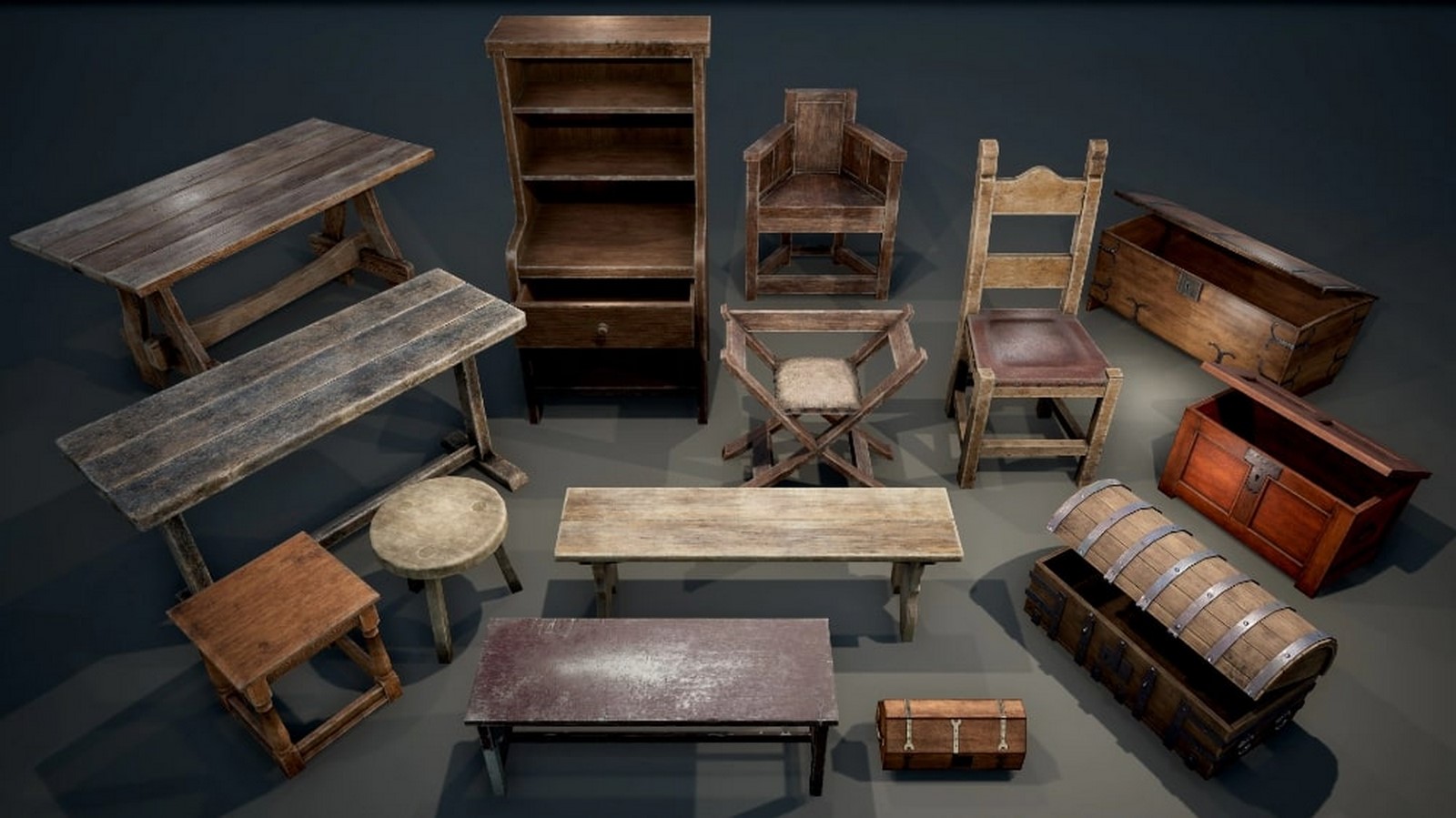No products added!
Furniture design, as an art form and functional necessity, has undergone a remarkable evolution over the centuries. From rudimentary pieces serving basic needs to sophisticated creations blending form and function, the journey of furniture design is a fascinating exploration of human ingenuity and cultural expression.
Ancient Beginnings: The origins of furniture design can be traced back to ancient civilizations such as Mesopotamia, Egypt, and China. Early furniture was primarily utilitarian, consisting of simple stools, benches, and tables crafted from wood, stone, or clay. These early designs were driven by practical needs, with little emphasis on aesthetics.
Classical Influences: The classical era, particularly ancient Greece and Rome, introduced significant advancements in furniture design. Influenced by principles of symmetry, proportion, and harmony, classical furniture featured ornate details and elegant forms. Iconic pieces like the klismos chair and Roman triclinium reflected the sophistication and refinement of the era.
Medieval Craftsmanship: During the Middle Ages, furniture design was characterized by skilled craftsmanship and intricate ornamentation. Gothic-style furniture, with its elaborate carvings and decorative motifs, adorned castles and cathedrals. Furniture became a symbol of wealth and status, often commissioned by royalty and nobility.
Renaissance Rebirth: The Renaissance period marked a revival of classical ideals and artistic innovation. Furniture design embraced symmetry, perspective, and proportion, drawing inspiration from ancient Greek and Roman models. Italian Renaissance craftsmen pioneered new techniques, creating sumptuous furniture pieces adorned with marquetry, inlay, and gilding.
Baroque Extravagance: Baroque furniture, synonymous with opulence and grandeur, emerged in the 17th century. Characterized by its elaborate ornamentation, dramatic curves, and rich materials, Baroque pieces reflected the wealth and power of the aristocracy. Exquisite examples include elaborately carved cabinets, ornate beds, and extravagant dining tables.
Enlightenment Simplicity: The Age of Enlightenment ushered in a shift towards simplicity and rationality in furniture design. Influenced by Enlightenment ideals of reason and logic, furniture became more functional and less ornate. Neoclassical designs, inspired by ancient Greek and Roman art, featured clean lines, geometric forms, and restrained decoration.
Industrial Revolution and Modernism: The Industrial Revolution brought about profound changes in furniture production, leading to mass manufacturing and standardized designs. Modernist movements like Bauhaus and Art Deco embraced innovation, experimentation, and functionalism. Designers like Le Corbusier, Charles and Ray Eames, and Ludwig Mies van der Rohe revolutionized furniture design with their minimalist aesthetics and groundbreaking use of materials.
Contemporary Trends: In the 21st century, furniture design continues to evolve, influenced by technology, sustainability, and cultural diversity. Contemporary designers explore new materials, embrace eco-friendly practices, and push the boundaries of creativity. From futuristic concepts to timeless classics, the evolution of furniture design reflects the ever-changing needs and aspirations of society.
The evolution of furniture design is a testament to human creativity, innovation, and cultural evolution. From humble beginnings to modern masterpieces, furniture design has transcended its utilitarian origins to become an enduring art form that enriches our lives and surroundings.

